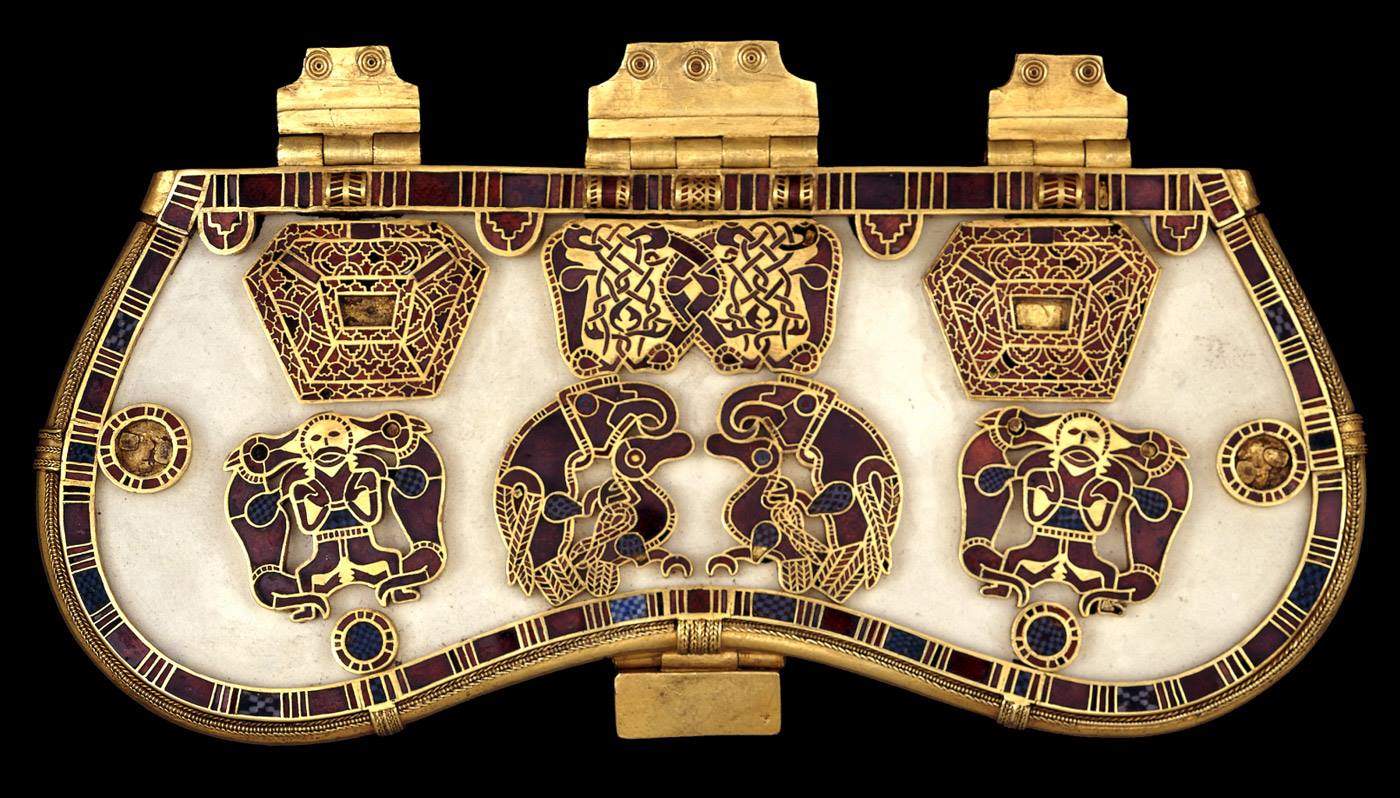Pretty sure they aren’t edible, but they provide a glimpse into how Roman bread looked!
The Italian article I came across a while ago mentions, that they are carbonised. Thus, they’d probably taste like charcoal.
Off-Topic: Will It Charcoal?
Context: Cody likes to eat charcoal sometimes
Bread that won’t burn in the toaster! God the Romans were clever.
This shit is so cool. I love when they show us little mundane items. Bread, tools, games, etc.
Amazing how they all look alike.
Probably all of the same size/weight, too, as bread was an important part of the daily food, and was regulated as hell. Imagine the punishments for the baker who made bread too light or with cheaper ingredients! At some times in history, bakers were even executed for adding sawdust or other “fillers”.
Roman bakeries used unique stamps, so each one could be traced back to its bakery of origin - and falsification of weight or ingredients could be punished quite harshly - up to a sentence in the mines, which, even for a short stint in the mines, was effectively a death sentence.
Does the bread in the bottom middle have that stamp on top? It’s hard to make out but looks like a man-made marking.
It looks about right, resembles this example
Fascinating! Thanks for including the reference. It’s almost unbelievable that marking food goes back so far. I assumed that was a relatively recent development.
The Romans were very innovative in the field of commerce! Stamping other goods with their workshop of origin was also common, sometimes with both a stamp for the name and for the ‘symbol’, to make it more distinct! We can trace a lot of goods in distant provinces to the other side of the Empire for that reason, with even things like (relatively) cheap plates and cups being lost in Britain, but made in North Africa or Syria!
theyre all exactly the same which I find annoying
like consider a slightly different bread shape guys come on
Panis quadratus; it was standard for taking individual pieces out, a convenience like sliced bread for us in the modern day!
I HATE IT
Your subjective opinion is incorrect.
The other shapes might not be as easily recognizable as “bread” to archaeologists, therefore lost. But also, 8 pre-divided sandwichable wedges would be good for families. Probably sold with a 6-pack of triangular sausage and a 10-pack of cheese triangles.
As if sandwhich toast would differ that much from one factory to the other.
If I remember correctly, Journey to the Center of the Earth (1960s, starring James Mason and Pat Boone) had a scene where they discovered an intact Roman street underground and they found this exact type of bread in one of the food stalls. I watched it when I was a kid and it made an impression.
I guess the set designers did their research.
“Bien cuit svp”




